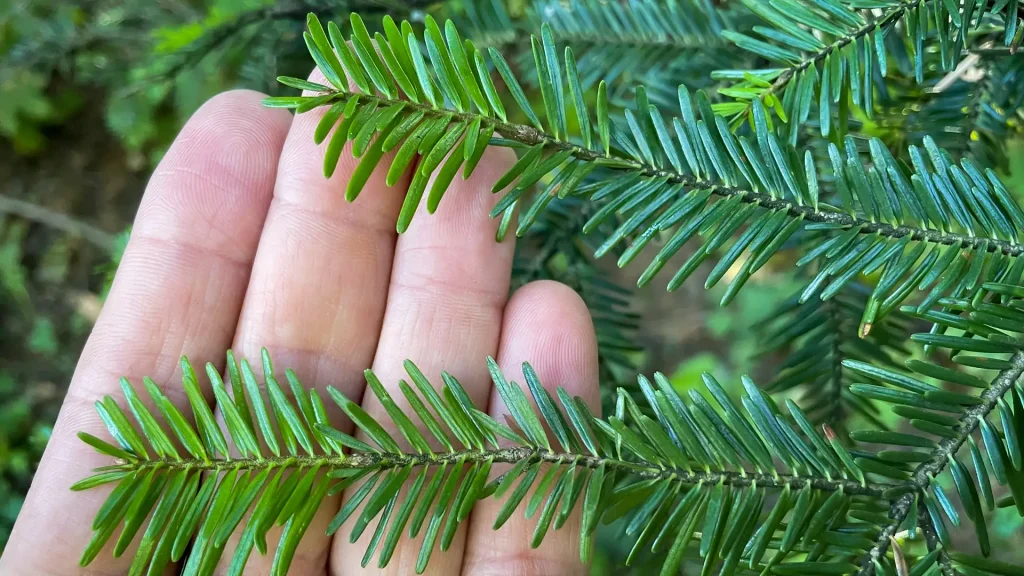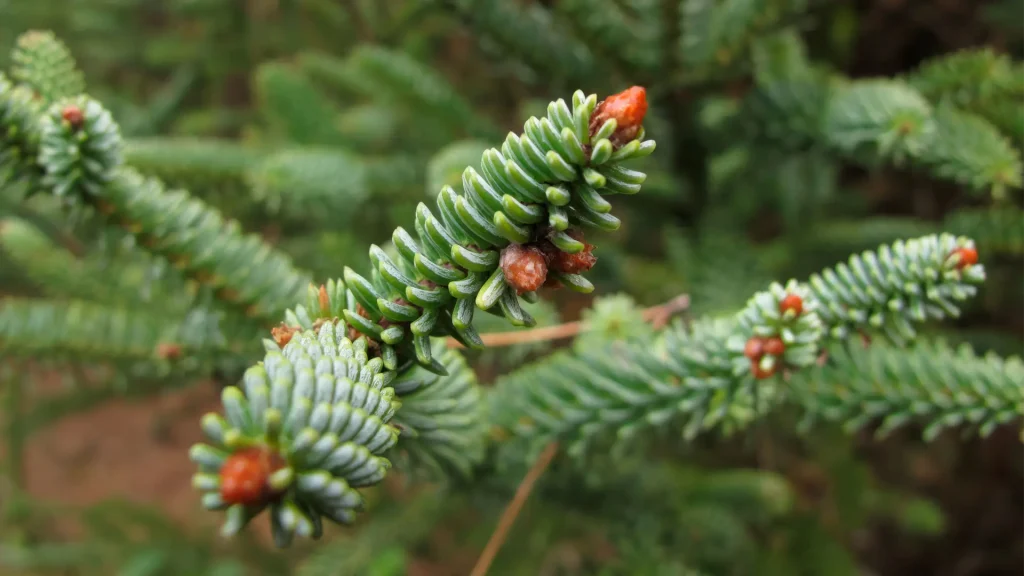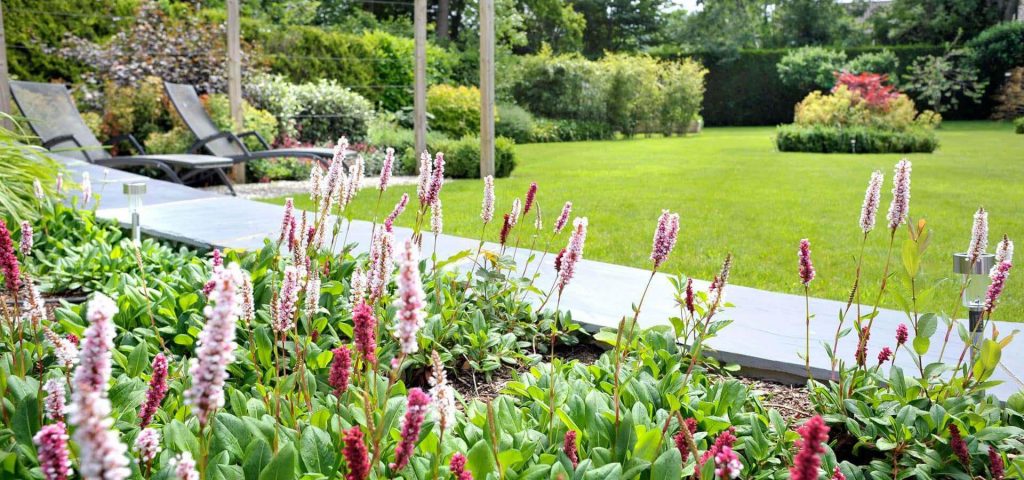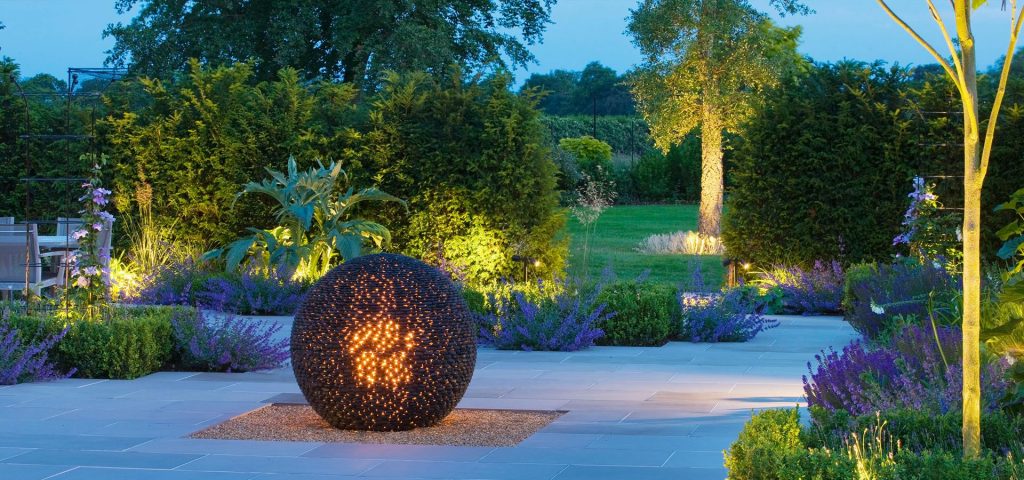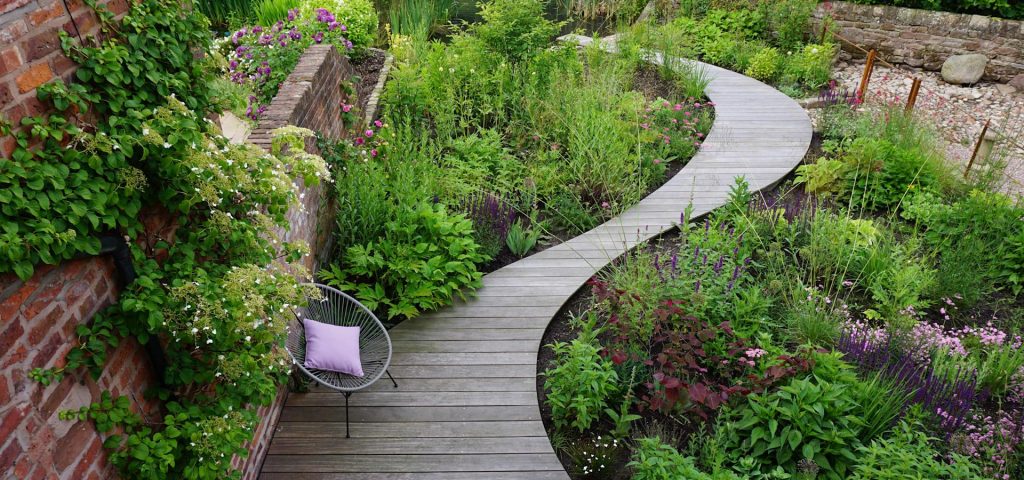I’ve been working on a project for some time now, gradually carrying out made-to-measure tasks depending on the moment. The idea was never to do everything at once, but to move forward slowly with a clear goal in mind. The advantage of this is that it allows me to experiment on a 1-hectare plot, to watch the garden evolve with me, and to observe its condition week after week.
I’ve just prepared two proposals for planting a large mass of vegetation. As always, it has to be “cheap” — and, also as always, low-maintenance. So I can’t go overboard. Given the size of the plot and the fact that I don’t have a dedicated gardener, the plant palette needs to be small.
Proposal 1: Wild Pelargoniums
Some time ago, I came across an image of a wild field of what we commonly call geraniums. But these were different — the original geraniums, the species, wild and naturalized varieties, growing freely in the mountains and valleys of South Africa, where they truly come from. In my view, a garden is always more beautiful when it has a good story behind it…
Personally, I’ve never been a huge fan of geraniums, but there are always exceptions. And I’ve grown more and more fond of them — maybe because of where they live.
That’s what I want to do: flip the idea of the classic geranium patio and transform the inner garden of a cortijo into a mass Pelargonium plantation, like the one in the photo I saw. In between, I’m thinking of adding agapanthus, white roses, and iris — flowers that will pop up during certain weeks of the summer — all framed by a low myrtle hedge: the eternal green.
This specific geranium I’m considering… I’m still not sure if I’ll be able to plant it. It’s been hard to find, and honestly, there comes a point when it’s no longer about ideas but about finding the material to make them real. Still, I think it could look spectacular. They want flowers — in case that wasn’t clear. The truth is, I have no photo of anything quite like it, because if someone has done it before, I haven’t seen it or read about it. This is a shrubby geranium that, under the right conditions, can grow up to 2 meters tall. That won’t be the case here: it will be pruned once a year to keep it in check. I love the idea.
Proposal 2: Romantic Grasses
But… I have a cheaper idea. Ahem. Though more common and widely used, it’s still very romantic.
This one involves planting a grass with seed heads that resemble bunny tails, but longer — Pennisetum, another trendy grass. It has delicate, light-pink spikes that rise gracefully. The color is a pastel pink, almost translucent. P. setaceum, the most photogenic, is invasive in Spain, and the ones we can use here tend to fall short in terms of flower color — maybe it’s the light. The inflorescence lasts all summer, and is cut back after winter, as long as it hasn’t been ruined by rain.
Here’s the dilemma: this time, I’m hesitating to plant something with so little color. Pastel shades in Mediterranean daylight tend to lose strength under the intense sun and only really shine at sunset, when the light dims. In contrast, fuchsias shout their color to the sky all day long. That’s why people plant geraniums and gitanillas — to stand out among the brightness and whitewashed walls.
Mass Pennisetum plantings only look truly spectacular at dusk — never in full sun. Twilight is when the best photos are taken. I’ve been told that time and again. The pictures taken of me, for example, were captured at that hour, when the light is more evocative than at midday — a good trick for outdoor photography.
So, that’s where I’m at. Even though I think I already know which option I’d choose, it still needs final approval. In any case, here it is:
Geraniums among agapanthus and roses, or Pennisetum among roses and iris. A terrible dilemma.

